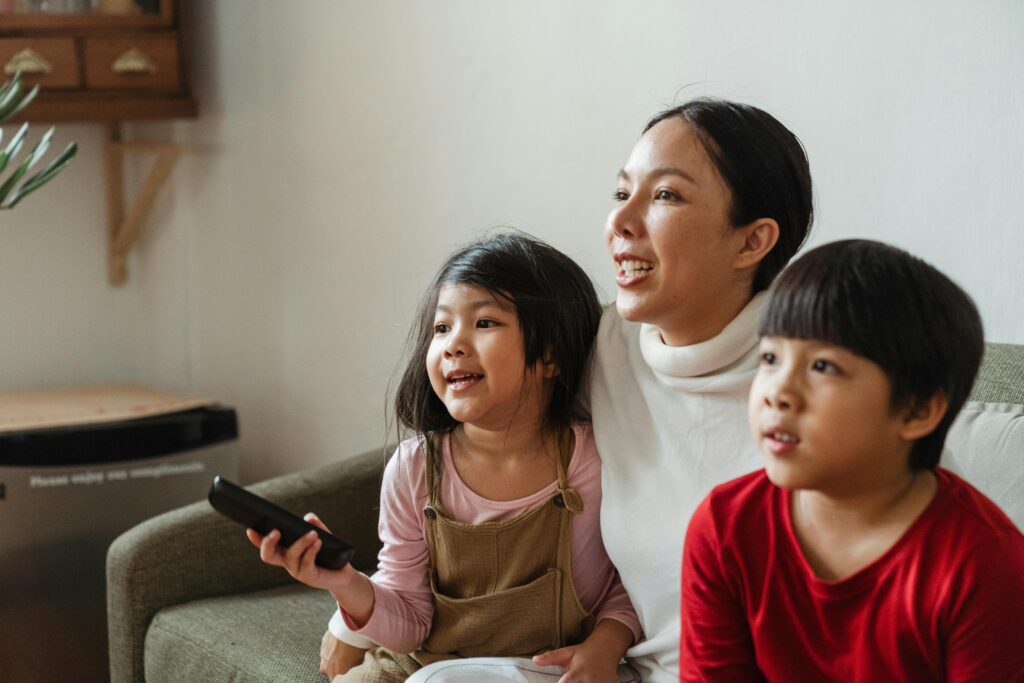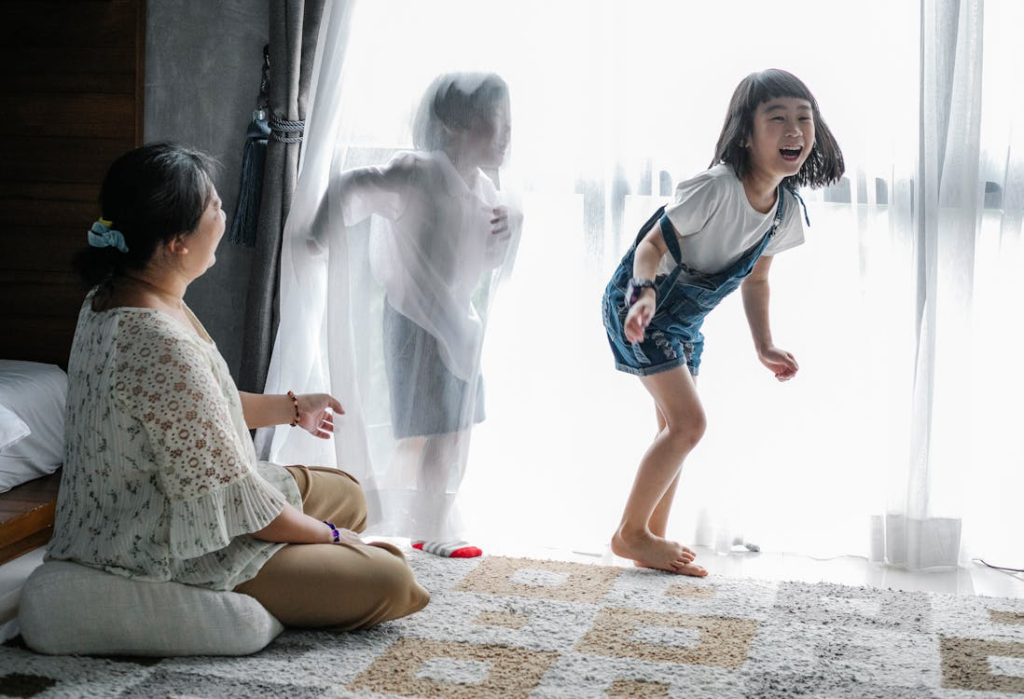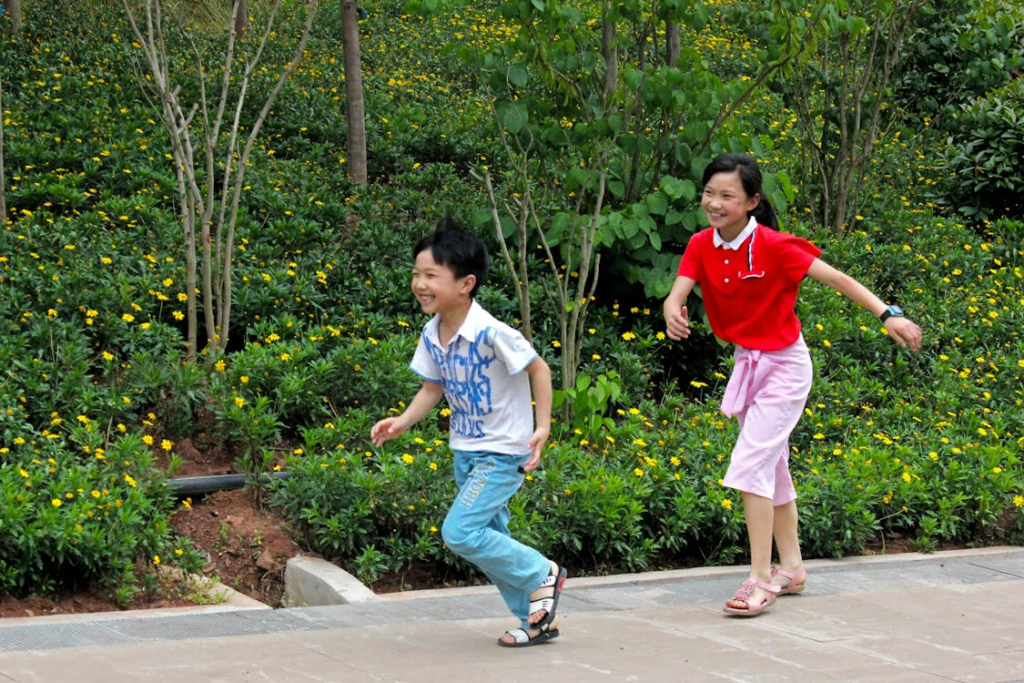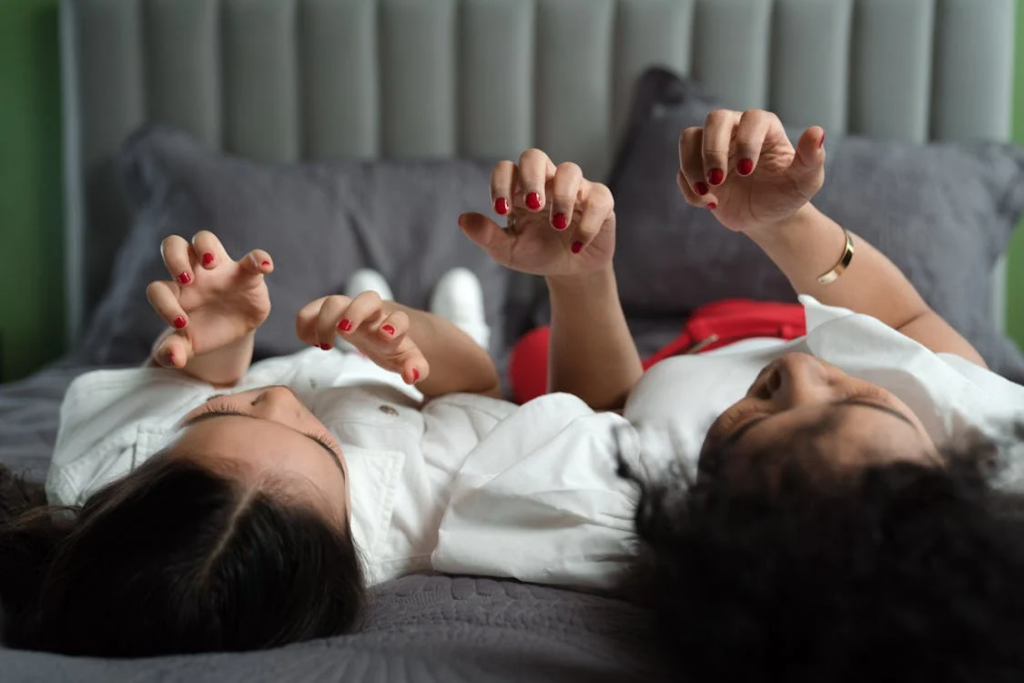"Embrace the spirit of Halloween with easy, creative costumes that are simple, fun, and sure to impress!"
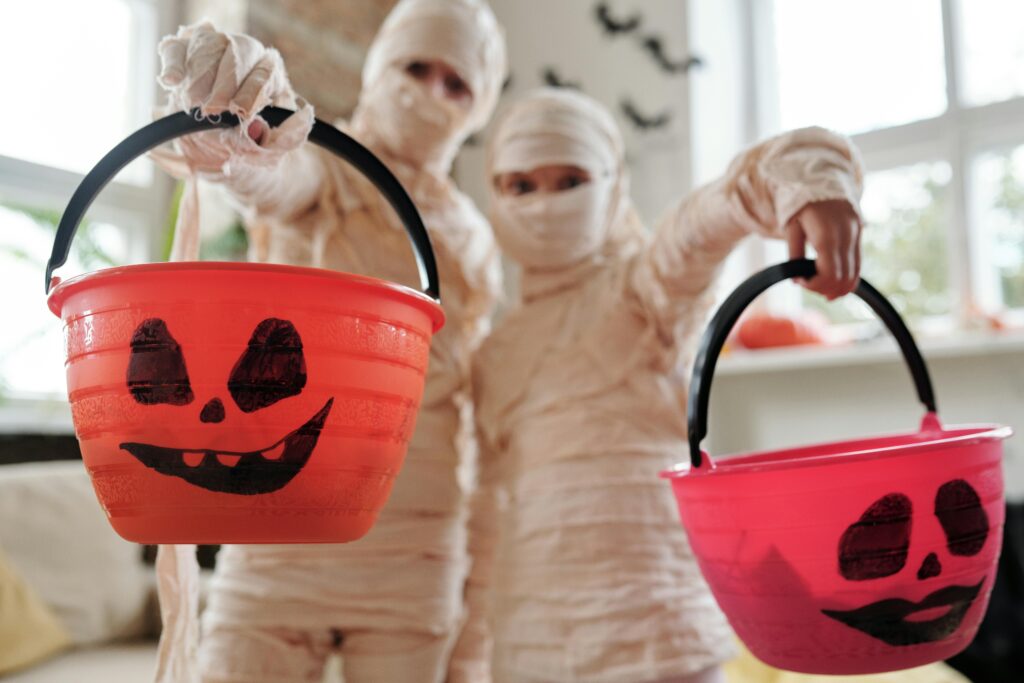
October is officially here, which means it’s time to embrace the excitement of Halloween! This month is filled with opportunities for students to showcase their creativity through costumes and the options are endless.
To help you get started, we’ve compiled some easy costume ideas that are simple to put together and readily available. These options require minimal effort but are sure to be recognized by your friends and fellow students. So, as you dive into the spirit of Halloween, have fun experimenting with these character choices and enjoy celebrating the festivities in style!
Scooby-Doo Characters

Each character brings their unique style and vibrant colours to the mix, making it easy to recognize them. For example, Fred features his classic blue jeans paired with a crisp white shirt, while Daphne stands out in her eye-catching purple ensemble from head to toe. Velma embodies a classic look with her orange sweater and red skirt combination, complete with her signature glasses. And let’s not forget Shaggy, who is instantly recognizable in his brown trousers and laid-back green t-shirt.
If you’re considering a group costume, coordinating these characters can create a lively vibe among friends. If you happen to have a dog, you can include him in the fun by dressing him as Scooby-Doo himself. With his recognizable brown fur and playful demeanor, your pup will surely steal the show!
Wednesday and Pugsley Addams

Dressing up as Wednesday and Pugsley Addams is an excellent choice for siblings looking to tap into the spooky charm of the Addams Family. These two beloved characters perfectly capture the family’s quirky essence, making them an ideal duo for Halloween. Wednesday is instantly recognizable in her long black dress, paired with white socks and her signature braided black hair, embodying her dark and moody style. Pugsley complements her look with his classic striped shirt, short pants, and black socks, adding a playful touch that showcases the family’s whimsical spirit.
This costume combination not only showcases the unique personalities of both characters but also allows siblings to have fun dressing up together.
The Mask
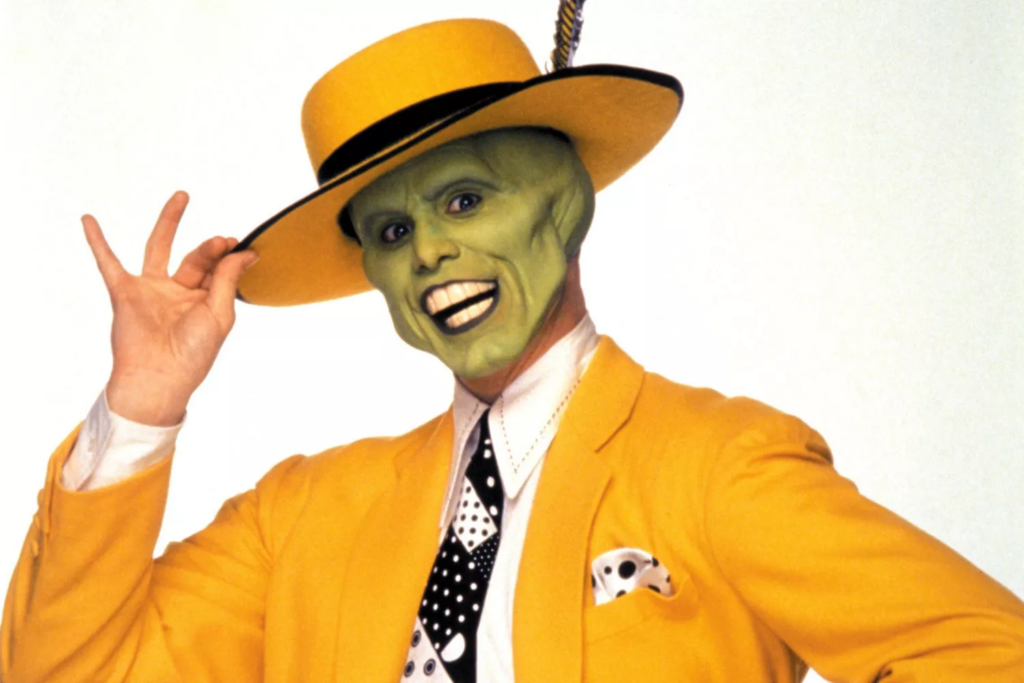
This costume is a fantastic option for students who want to stand out and have a bit of fun. To pull off this look, start with a bright yellow suit, pair it with a crisp white shirt and a vibrant tie to complete the ensemble. Don’t forget the iconic yellow fedora hat, which adds that finishing touch and really ties the whole look together.
The most essential part of this costume, however, is the face paint. A striking green face will transform you into the zany character known for his wild antics and humor. This vibrant hue will ensure you’re easily recognizable and ready to entertain.
Minion

For an easy DIY Minion costume, start with a bright yellow long-sleeve shirt or a cozy yellow sweater as the base. Then, pair it with a denim jumpsuit for that classic Minion look. Don’t forget a pair of goggles, which are essential to capture the playful spirit of these characters. To finish off your outfit, add a yellow beanie for that extra touch of fun.
Woody and Jessie

While Buzz Lightyear may require a bit more effort with his elaborate space suit, you can opt for a simpler yet equally fun duo: Woody and Jessie from Toy Story. These characters are not only iconic but also relatively easy to put together, making them perfect choices for kids looking for a great costume without too much hassle.
To embody Woody, you’ll need a classic cowboy hat, a yellow plaid shirt, and a denim vest paired with jeans. Jessie, on the other hand, showcases her Western flair with a white and yellow shirt, along with blue jeans. To complete the look as Jessie, consider adding a red wig styled in braids, which will capture her playful spirit perfectly.
Coraline
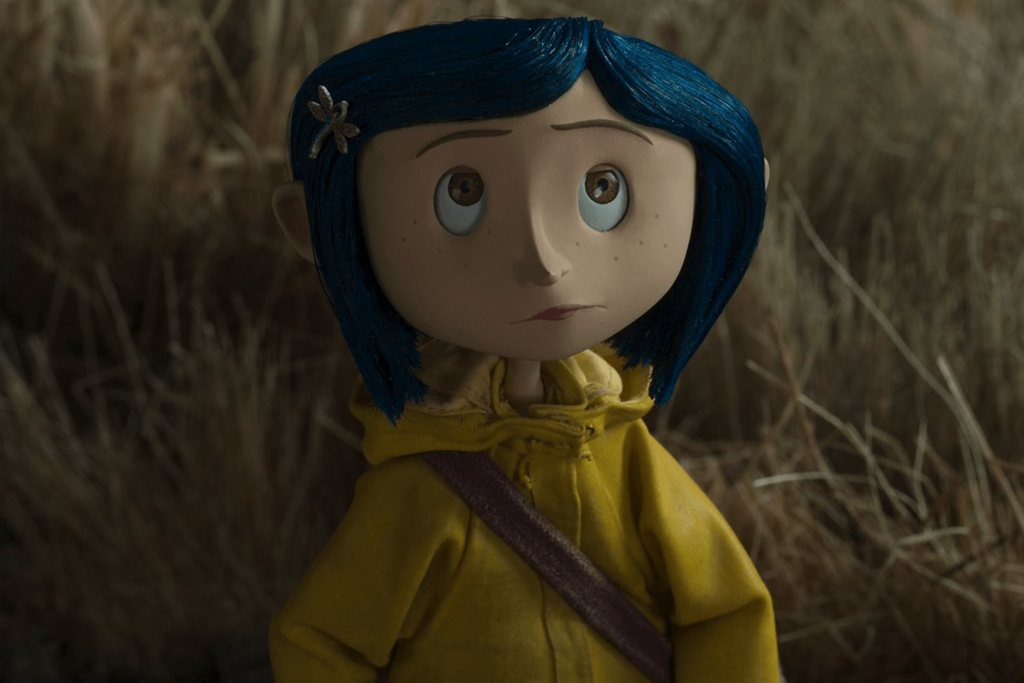
Dressing up as Coraline this Halloween is an excellent option for anyone wanting to embrace the spooky season with a distinctive character. Known for her blend of mystery and whimsy, Coraline is a perfect choice for Halloween festivities.
To achieve Coraline’s signature look, start with a bright yellow raincoat, which serves as the centerpiece of her outfit. Pair it with short blue hair, which you can easily create with a wig or temporary hair color.
Harry Potter Characters

Dressing up as Harry Potter characters is a fantastic option for you and your best friends to go as Harry, Ron, and Hermione. Considering the popularity of the series, it’s easy to find the Hogwarts student costumes at local costume shops or even to rent online. You can check out options on Amazon for a variety of choices!
To truly embody Harry Potter, you’ll need a pair of glasses, dark brown short hair, and, of course, the famous lightning-shaped scar on your forehead. Ron Weasley is easy to spot with his ginger hair, so consider using a red wig or dyeing your hair for authenticity. For an extra touch, you might want to bring along a toy mouse to represent Ron’s beloved pet, Scabbers. Lastly, Hermione Granger can be brought to life with her long light brown hair, and don’t forget to carry a book to make your costume even more convincing.
With a little creativity, you can craft the wand using a wooden stick or a painted cardboard tube or you could also use a black marker on a chopstick.
Ghostbusters
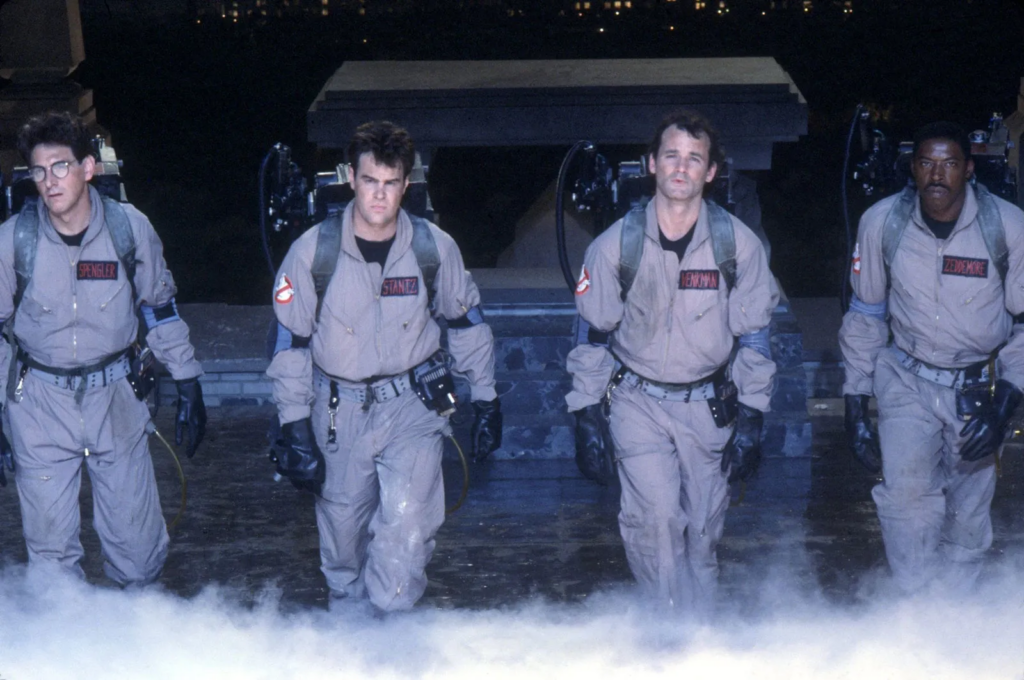
These characters are all about chasing ghosts and capturing the supernatural, making them a fitting choice for Halloween festivities. Like Harry Potter, the Ghostbusters are incredibly popular, so you’ll have no trouble finding costumes to rent or buy. For convenience, you can check out options on Amazon.
Since Ghostbusters is a group-themed costume, it’s a fantastic idea to get your friends involved and form your own team. Coordinating with your friends not only enhances the fun but also makes for a memorable group dynamic.
Super Mario Bros
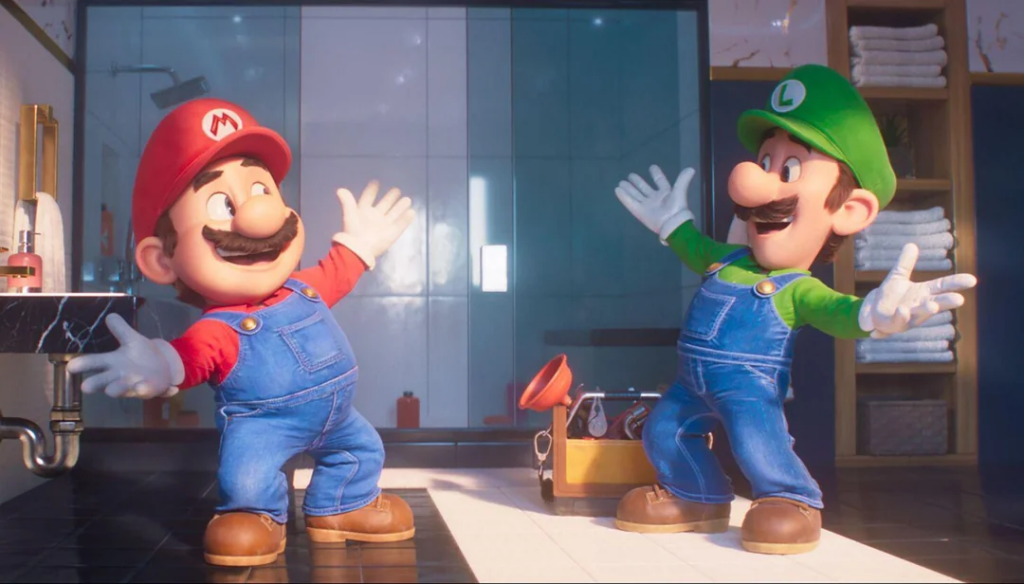
Dressing up as characters from Super Mario Bros. is one of the easiest costume options for Halloween! Whether you’re teaming up with a brother or a friend, the iconic duo of Mario and Luigi is instantly recognizable and always a hit. To embody Mario, opt for a red shirt, while Luigi can be represented with a green shirt, making it simple to coordinate your looks.
You can find store-bought hats to complete the outfits, or you can get creative and DIY on your own! Don’t forget to add some fun accessories like mustache sets, suspenders, and white gloves to really bring the characters to life.
One Piece Characters
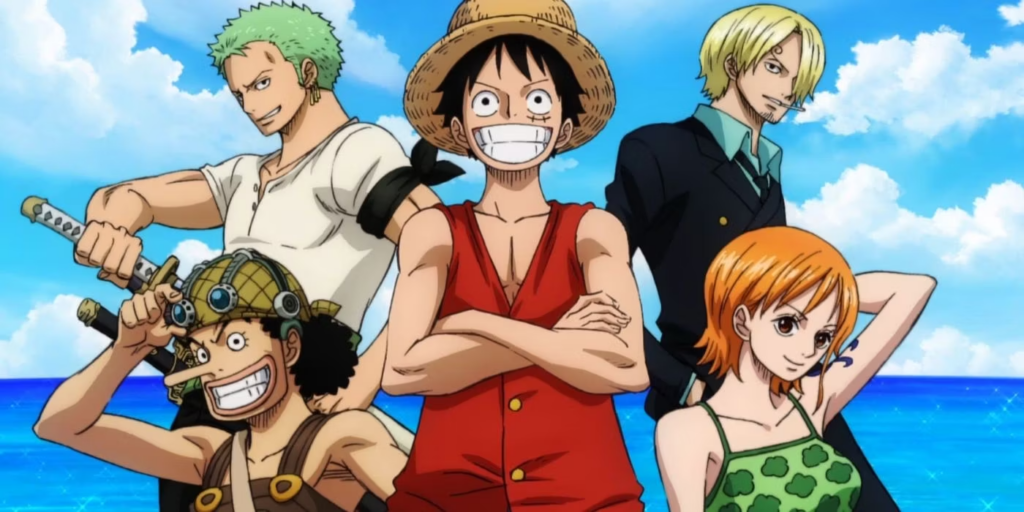
Dressing up as characters from One Piece is a fantastic choice especially since there are so many iconic figures to choose from. While there are numerous characters in the series, opting for the main crew members will make your selection easier. For example, Sanji can be easily recognised in a black suit paired with black shoes and his signature short yellow hair. Usopp can be brought to life with a brown jumpsuit, a white bandana, and brown boots, plus don’t forget to carry a slingshot for that extra touch.
Zoro requires a white shirt, black pants, and a black bandana, along with a couple of toy swords to complete his look. His distinct green short hair adds to the character’s recognizable appearance. Lastly, Luffy is perhaps the easiest to pull off; all you need is a red vest, a straw hat, short jeans, and sandals.
There you have it—plenty of Halloween costume options to choose from this year! Whether you decide to dress up as a classic character or something more unique, the key is to have fun and express your creativity. So, put on your costumes, enjoy the festivities, and make lasting memories with those around you!

